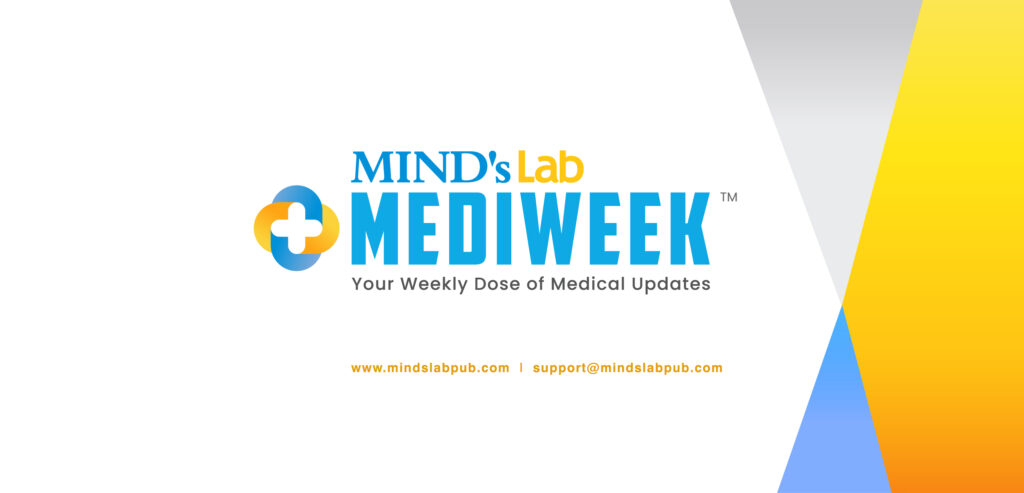Unveiling the Potential of Probiotics in Cancer Prevention: The Role of Yogurt and Bifidobacterium in Colorectal Health
Yogurt, a fermented dairy food containing live lactic acid bacteria, is known for its health benefits. It has been shown to help prevent Clostridium difficile infection-related diarrhea, inflammatory bowel diseases, and reduce the risk of type 2 diabetes, cardiovascular disease, and all-cause mortality. A recent meta-analysis has also linked yogurt consumption with a reduced risk […]
